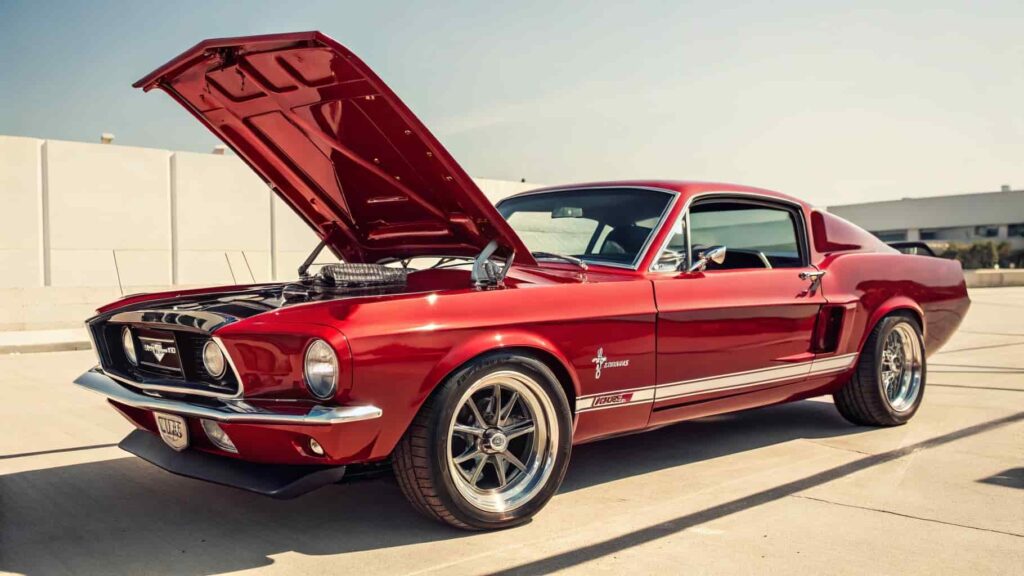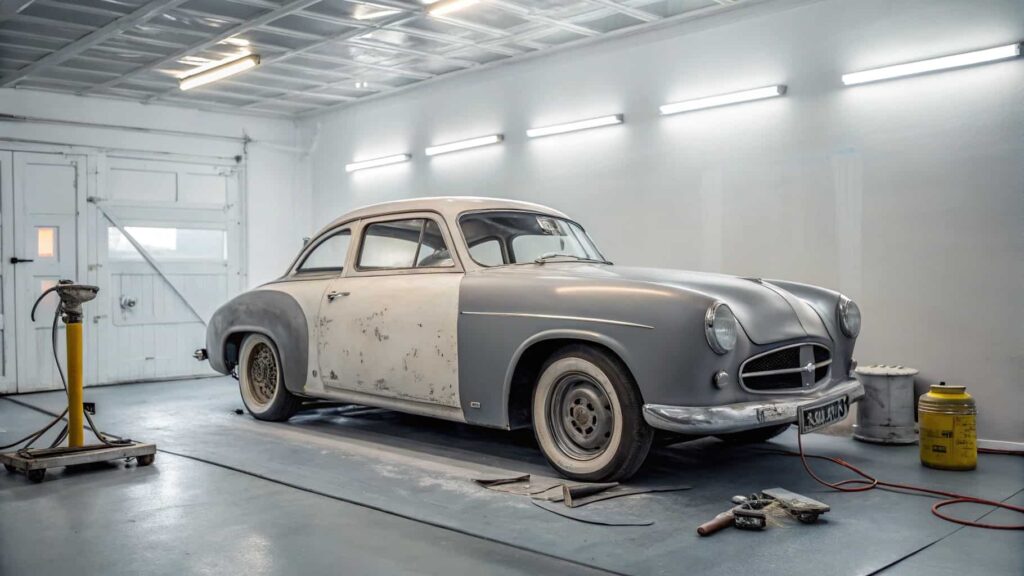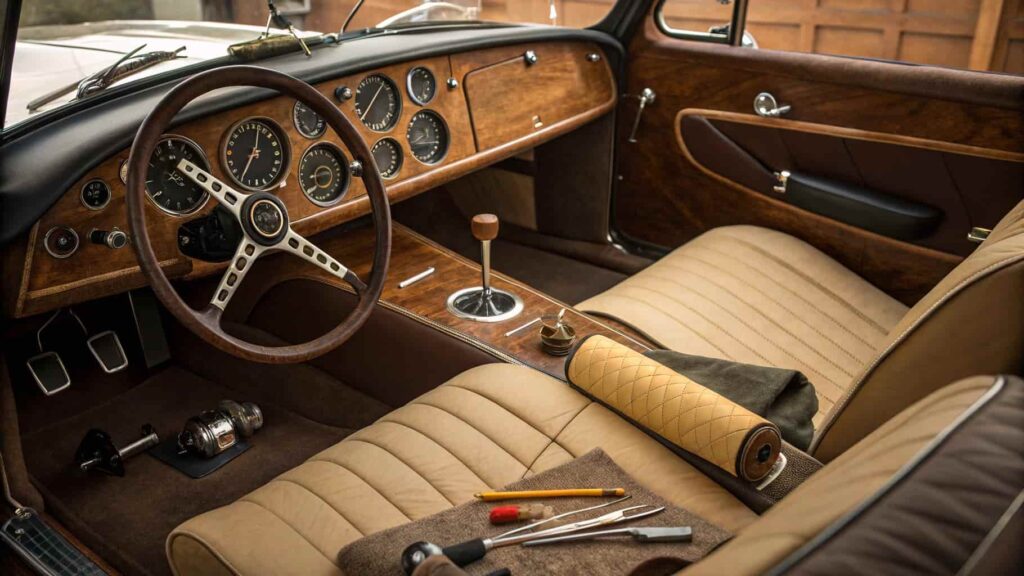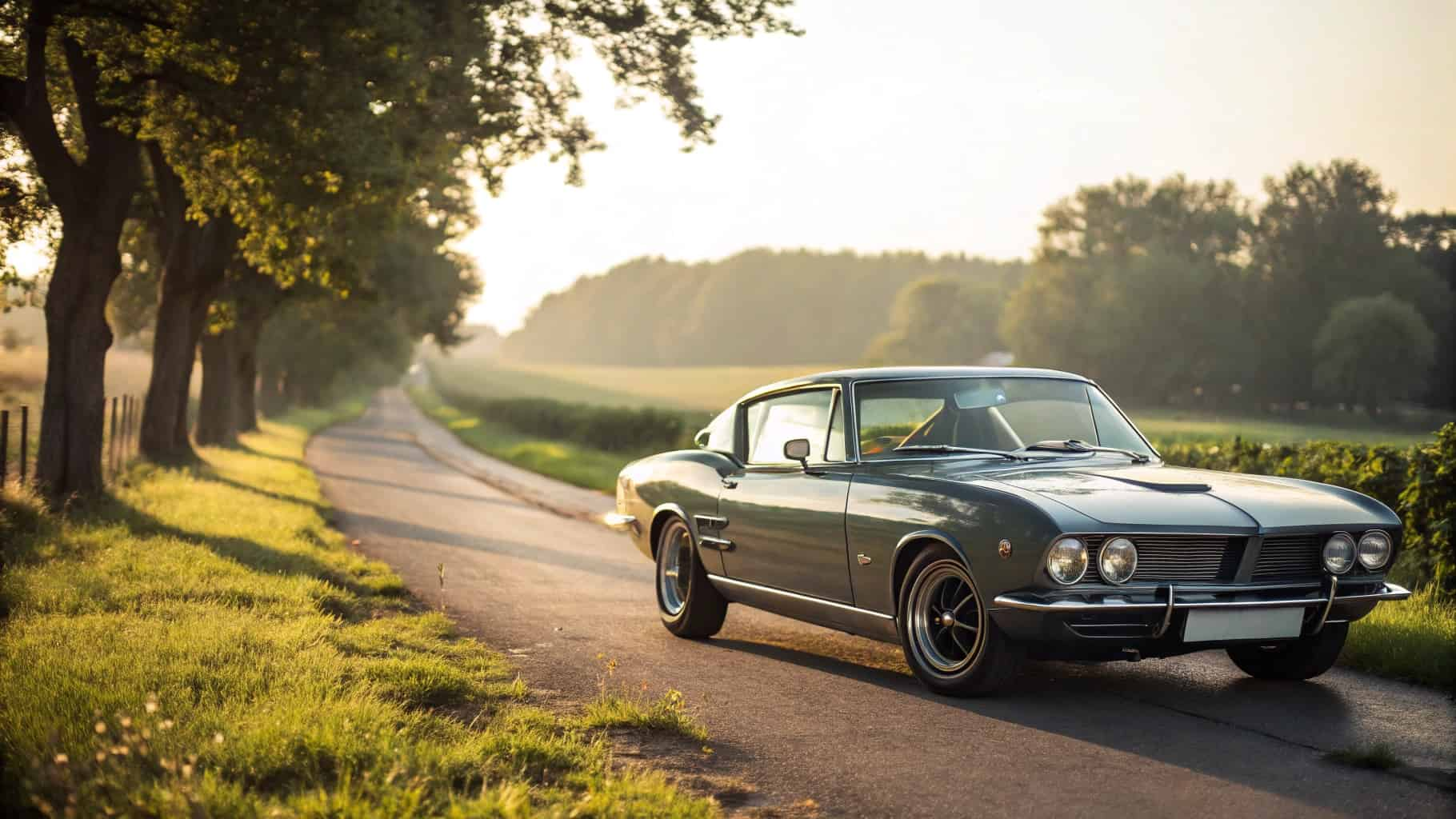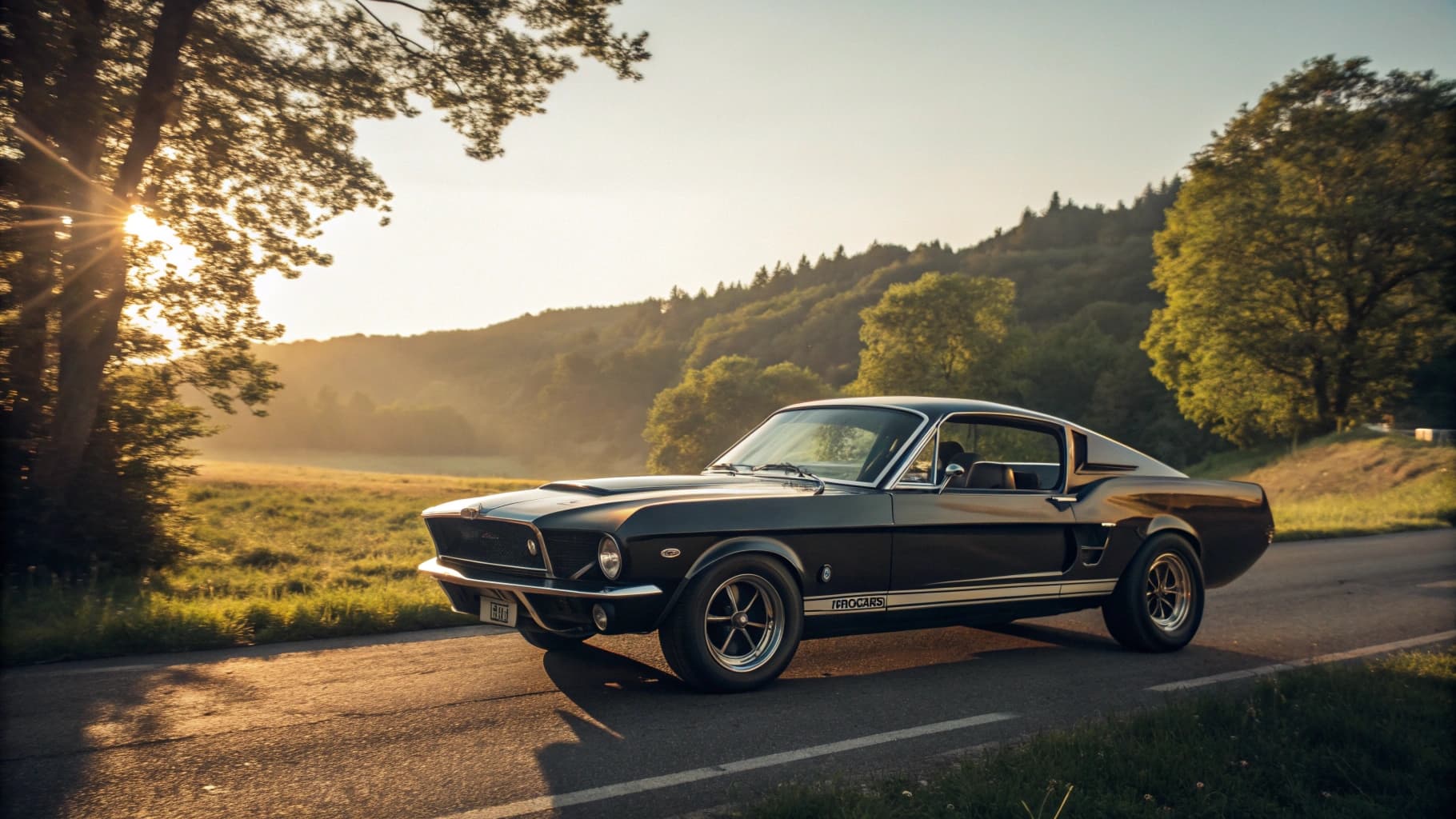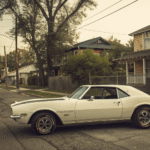Now Reading: Classic Car Restoration vs Preservation: Which Is Right for You?
-
01
Classic Car Restoration vs Preservation: Which Is Right for You?
Classic Car Restoration vs Preservation: Which Is Right for You?
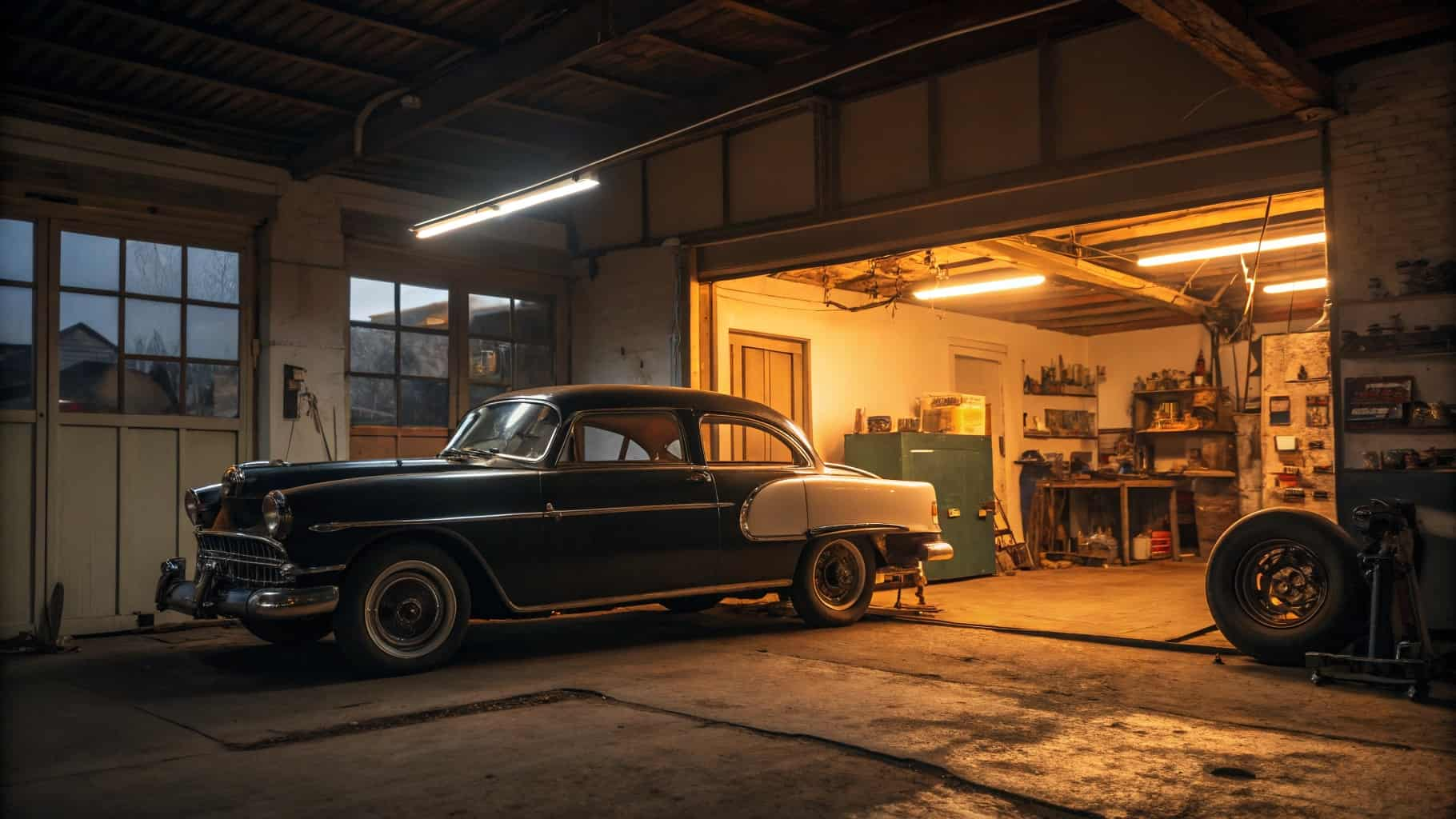
Classic car restoration is a passion for many enthusiasts who want to revive the glory days of their vintage vehicles. Whether you own a rusty project car or a family heirloom, deciding between restoration and preservation is a critical step that will shape your classic car’s future. Each approach has unique benefits and challenges, and understanding them can help you make the right choice.
Choosing between restoring your classic car to its original showroom condition or preserving its authentic, aged character depends on your goals, budget, and the car’s current state. Some owners prefer the spotless finish and enhanced performance of restoration, while others value the historical integrity and patina that preservation offers. This guide explores both paths in detail, helping you decide which approach suits you best.
Classic Car Restoration and Preservation
Defining Restoration and Preservation
Classic car restoration involves a thorough process of repairing and rebuilding a vehicle to bring it back to the condition it had when it first left the factory. This often means replacing worn parts, repainting, and restoring mechanical components. In contrast, preservation focuses on maintaining the car’s existing condition, protecting its original materials, and honoring its history without major alterations.
Historical Significance of Each Approach
Both restoration and preservation celebrate automotive history in different ways. Restoration lets you experience a classic car as it was originally intended, almost like time traveling. Preservation tells a story through the car’s wear and tear, embracing the authenticity that comes with age. Each method offers a unique connection to the past.
Choosing the Right Path for Your Car: Classic Car Restoration or Preservation?
Deciding whether classic car restoration or preservation is right for your vehicle depends on several key factors:
- Current condition: Is your car structurally sound or in need of major repairs?
- Your goals: Are you aiming for show-quality aesthetics or historical authenticity?
- Budget and time: Restoration can be costly and time-intensive, while preservation is generally less expensive.
- Use of the car: Will you drive it regularly, display it, or keep it as a collectible?
Benefits of Classic Car Restoration
Enhancing Resale Value Through Classic Car Restoration
One major benefit of classic car restoration is the potential to increase your vehicle’s market value. Restored cars attract collectors and enthusiasts looking for reliability paired with vintage charm. Restoring to factory standards often means:
- Superior condition that appeals to buyers.
- Use of original or authentic parts to boost credibility.
- Access to niche markets willing to pay premiums.
Achieving Factory-Quality Results
Restoration brings back the flawless finish and meticulous detail seen in brand-new classics. Skilled craftsmanship, authentic materials, and precision work ensure your car looks and performs as it did decades ago.
Sourcing Authentic Parts for Restoration
Finding genuine parts can be challenging but is vital for a successful restoration. Specialized dealers, online marketplaces, and car shows are great places to hunt for rare components.
Challenges in Restoring Classic Cars
Finding Genuine Parts
Original parts can be rare and expensive, often requiring extensive searching and patience.
Balancing Originality with Modern Needs
Upgrading your classic car with modern features like safety enhancements or improved performance must be balanced carefully with preserving its authenticity.
Cost Implications
Restoration projects can quickly become costly, so detailed budgeting and planning are essential to avoid surprises.
Advantages of Preserving Classic Cars
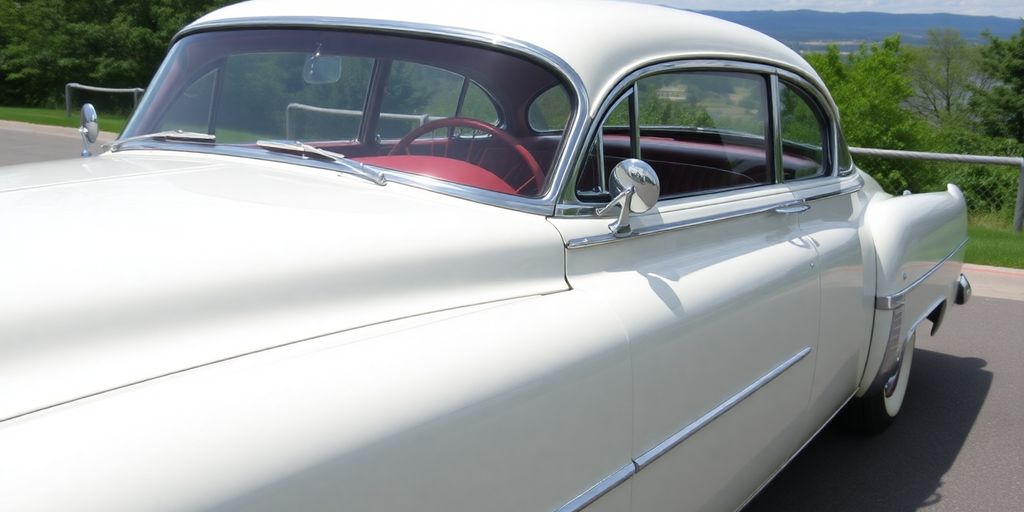
Maintaining Originality and History
Preservation keeps your classic car’s original paint, parts, and patina intact, preserving the story behind every dent and scratch.
Preserving Historical Value
Unrestored cars serve as time capsules, offering insights into automotive and cultural history.
Cost-Effectiveness of Preservation
Since preservation avoids extensive rebuilds, it’s often less expensive and requires fewer specialized skills.
Deciding Between Restoration and Preservation
Assessing Car Condition
Evaluate your car’s current state. Slightly worn but complete cars are excellent candidates for preservation, while heavily damaged vehicles may benefit from restoration.
Evaluating Personal Goals
What drives your passion? Is it a showroom finish or the charm of originality?
Considering Market Trends
There is rising demand for unrestored cars, but well-restored classics still hold strong value. Balance trends with what matters to you.
The Resto-Mod Approach: Classic Car Restoration Meets Modern Performance
Combining Classic Aesthetics with Modern Technology
Resto-mods blend vintage style with modern upgrades like improved engines and brakes, delivering a unique driving experience.
Personalization Opportunities
Customize your classic car with modern comforts and performance enhancements tailored to your tastes.
Impact on Resale Value
While resto-mods attract a niche audience, they may alienate purists, so value depends on buyer preferences.
DIY vs Professional Classic Car Restoration: Making the Right Choice
Pros and Cons of DIY Restoration
DIY can save money and offer personal satisfaction but requires skill, tools, and significant time.
Benefits of Professional Expertise
Professionals provide superior craftsmanship and efficiency but at a higher cost and less hands-on involvement.
Cost and Time Considerations
Balance your budget and time availability. Some owners mix DIY efforts with professional help for best results.
Restoration Techniques and Best Practices
Sanding, Painting, and Bodywork
Proper prep work is essential for flawless paint and body restoration.
Engine and Mechanical Restoration
Rebuilding the engine, transmission, and suspension ensures your car runs smoothly and safely.
Upholstery and Interior Restoration
Reviving the interior with authentic materials completes the classic car experience.
Preserving and Maintaining Your Classic Car
Storage and Environmental Protection
Store your car in a climate-controlled space or use quality covers to prevent damage.
Routine Maintenance Tips
Regular oil changes, fluid checks, and tire care keep your car road-ready.
Using Specialized Preservation Products
Rust inhibitors, waxes, and other products protect your car’s finish and components.
The Emotional Connection to Classic Cars
Nostalgia and Personal History
Classic cars hold sentimental value and connect us to cherished memories.
The Joy of Driving a Classic
Driving a classic is an immersive, rewarding experience unlike modern cars.
Community and Shared Passion
Classic car communities offer camaraderie, support, and shared enthusiasm.
Conclusion
Choosing between classic car restoration and preservation is a deeply personal decision. Restoration breathes new life into your vehicle, while preservation honors its journey. Consider your goals, your car’s condition, and what you cherish most—whether it’s historical authenticity or pristine condition. Ultimately, your classic car is your story—enjoy the ride and make it uniquely yours.
Frequently Asked Questions
Restoring a classic car can be worth it if you value the joy of owning a like-new vintage vehicle and potentially increasing its market value. However, it depends on the car’s condition, costs, and your personal goals.
The best way to store a classic car is in a dry, climate-controlled garage to prevent rust and damage. Using a quality car cover and regular maintenance checks also help protect your investment.
Keeping a classic car is worth it if you love its history, enjoy driving it, or want to preserve its originality. Classic cars often appreciate over time, especially if well-maintained.
Avoid using harsh chemicals, neglecting regular maintenance, exposing it to extreme weather, or making inappropriate modifications that harm its originality and value.
Typically, a car is considered classic if it’s at least 20-25 years old, though definitions can vary. Some clubs and insurance companies set their own age thresholds.
Miles can matter, but condition and maintenance history are often more important. A well-maintained classic with higher miles can be more valuable than a neglected low-mileage car.



